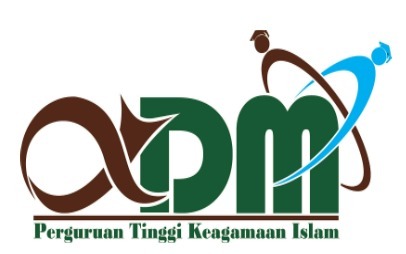STUDENTS' ANXIETY AND PROBLEM SOLVING ABILITY IN MATHEMATICS LEARNING BASED ON COGNITIVE LOAD THEORY USING AUTOGRAPH SOFTWARE
DOI:
https://doi.org/10.15408/ajme.v3i2.24777Keywords:
mathematical anxiety, problem solving ability, Autograph, cognitive load theory, student responseAbstract
The purpose of the study was to analyze mathematical anxiety, mathematical problem solving ability (MPSA) and student responses in Autograph software based on cognitive load theory. The research was conducted in one of the Madrasah Tsanawiyah in South Tangerang in the 2017/2018 academic year. The method is Classroom Action Research (CAR) in two cycles. Data was collected using observation sheets, questionnaires, daily journals, and tests. The results of the study revealed that Autograph software based on cognitive load theory can reduce mathematical anxiety includes indicators: cognitive, emotional, and physiological. The research findings also revealed that there was an increase in the MPSA including indicators: understanding the problem, divising a plan, carrying out the plan, and looking back. In addition, the positive response of students to Autograph software also increased from cycle I to cycle II. The conclusion of this research is that learning assisted by Autograph software based on cognitive load theory can reduce mathematical anxiety, where students with low mathematical anxiety tend to have higher MPSA and student responses to learning are more positive.







